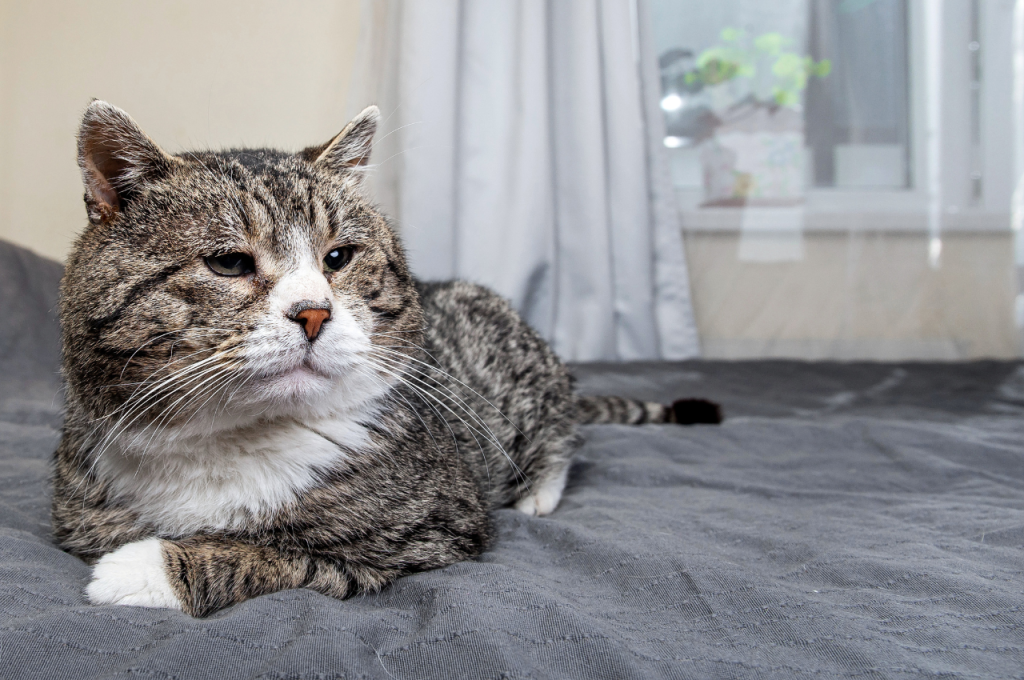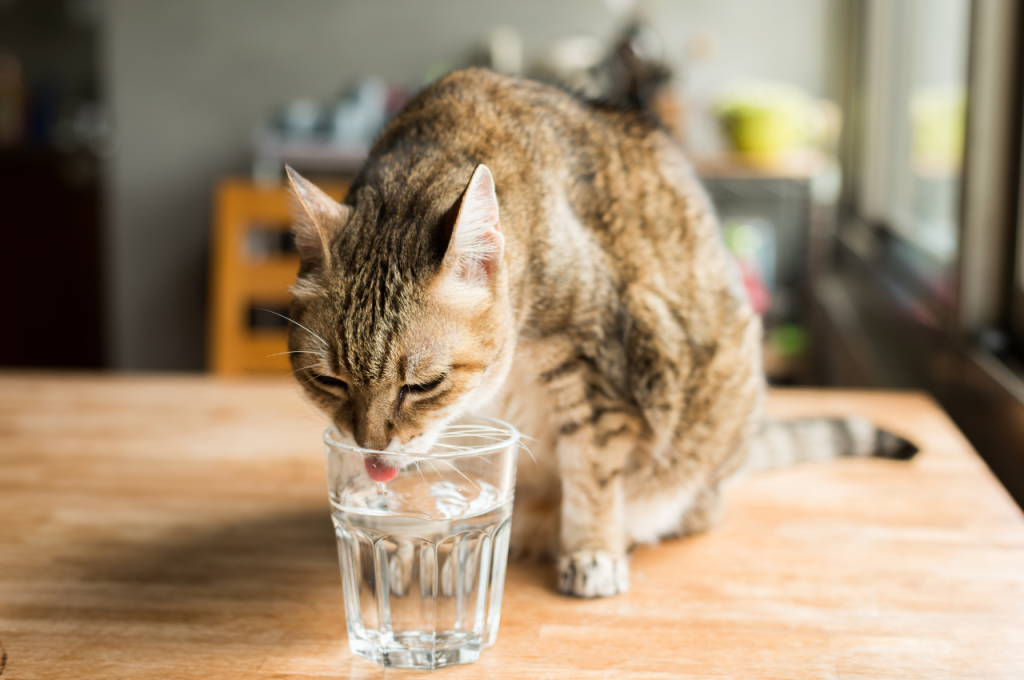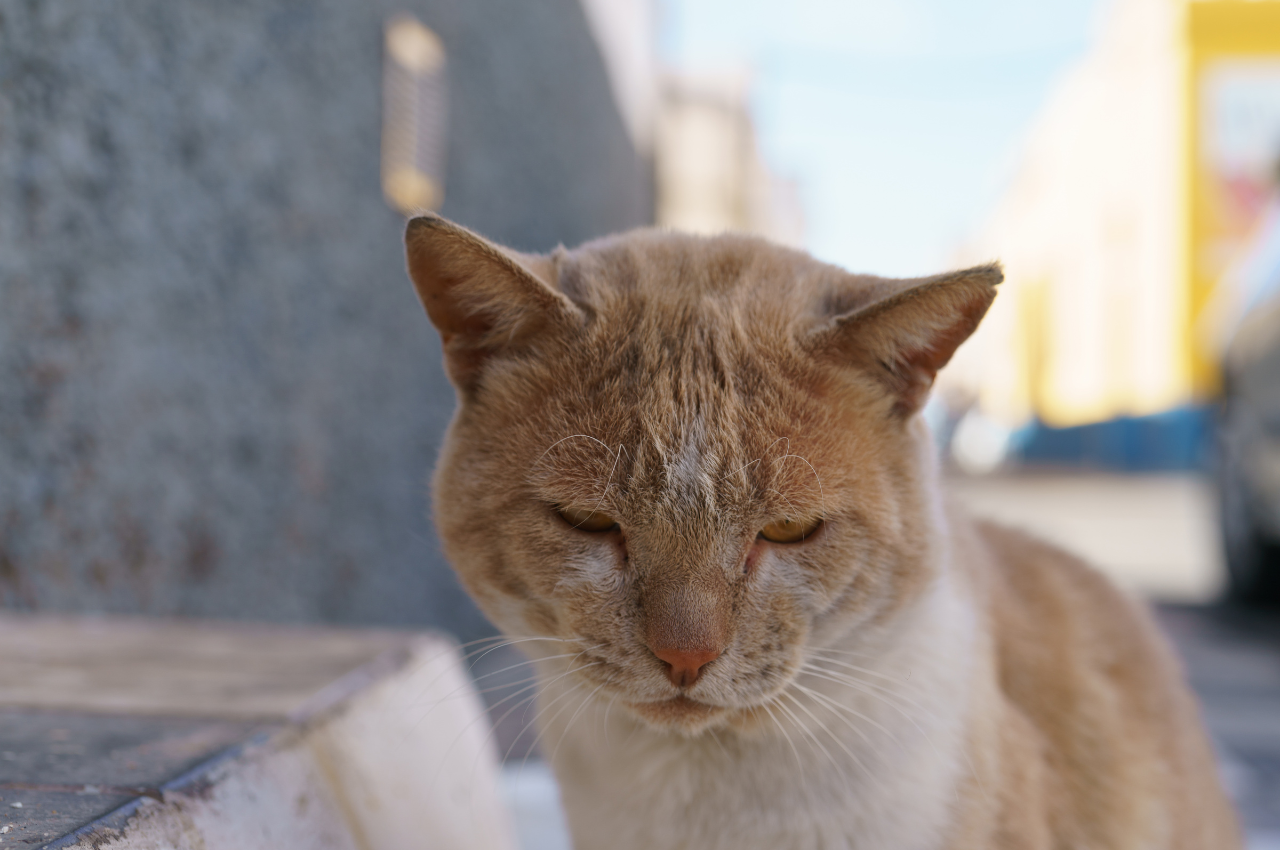To determine if a cat is nearing the end of its life, observe for decreased appetite, energy, and interaction. As a cat nears the end of its life, it may also show signs of increased sleeping, weight loss, and withdrawal from usual activities.
It is essential to monitor any changes in behavior or appearance and consult a veterinarian for guidance on providing comfort and support during this difficult time. Recognizing these signs can help ensure your cat’s well-being and allow you to make informed decisions regarding their care in their final stages of life.
Introduction to Feline Life Cycles
Understanding the feline life cycle is crucial, especially when considering how to tell if a cat is nearing the end of its life. Cats progress from kittens to adults, where they maintain stability for several years. As they age, signs of decline like decreased appetite, mobility issues, and changes in behavior become noticeable. Veterinary guidance helps manage this phase, ensuring comfort and appropriate care in their senior years.

The Average Lifespan of Domestic Cats
The average lifespan of domestic cats varies depending on factors like genetics, diet, and overall health care. Typically, indoor cats live longer, often reaching 12 to 15 years or more. Outdoor cats may have shorter lifespans due to risks like accidents or diseases. Regular veterinary care, a balanced diet, and a safe environment can contribute to a longer and healthier life for your feline companion. Understanding their lifespan helps in providing appropriate care at different stages of their life.
Factors Influencing a Cat’s Longevity
Factors influencing a cat’s longevity can vary widely. Genetics play a significant role, with certain breeds predisposed to longer or shorter lifespans. Diet and nutrition are critical; a balanced diet supports overall health. Access to veterinary care, including regular check-ups and vaccinations, helps prevent illnesses. Environmental factors like stress levels and living conditions also impact longevity. Lastly, attention to exercise and mental stimulation promotes physical fitness and mental well-being, contributing to a longer, healthier life for your feline companion.
Behavioral Changes in Aging Cats
As cats age, they may exhibit behavioral changes such as decreased activity and grooming, changes in appetite, and increased vocalization. These signs could also indicate that a cat is nearing the end of its life. It is important to monitor your cat’s behavior and seek veterinary care if you notice any concerning changes.
Decreased Activity Levels
As cats age, it is not uncommon for them to experience a decrease in activity levels. This can be attributed to a variety of factors, including natural wear and tear on their bodies, joint pain, and a decrease in overall energy levels. If you notice that your cat is not as active as they used to be, it may be a sign that they are nearing the end of their life.
Changes in Sleeping Patterns
Another behavioral change commonly observed in aging cats is changes in their sleeping patterns. Cats are known for their love of sleep, but as they approach the end of their life, you may notice that they sleep more than usual or have difficulty settling into a comfortable position. They may also show signs of restlessness or have trouble falling asleep. These changes in sleeping patterns can be indicative of their declining health.
It is important to remember that every cat is unique, and the signs of nearing the end of life can vary. While decreased activity levels and changes in sleeping patterns are common indicators, other signs such as loss of appetite, weight loss, and withdrawal from social interactions may also be present. If you have any concerns about your cat’s health, it is always best to consult with a veterinarian who can provide guidance and support during this difficult time.
Physical Signs of a Cat Aging
As cats age, they undergo various physical changes that can indicate their advancing years. Recognizing these signs can help you provide the necessary care and support for your aging feline companion. Here are some common physical signs of a cat aging:
Weight Loss or Gain
Cats may experience changes in weight as they age. Sudden or unexplained weight loss can be a cause for concern and may indicate underlying health issues such as hyperthyroidism or kidney disease. On the other hand, unexplained weight gain may also signal health problems, particularly in older cats. Regular monitoring of your cat’s weight can help in detecting any significant changes early on.
Coat and Skin Changes
Changes in the coat and skin are often noticeable as cats age. Their fur may become dull, brittle, or thinner, and they may develop skin conditions such as dryness or flakiness. Additionally, the appearance of lumps or bumps on the skin should be carefully observed, as they could be indicative of tumors or other health issues. Regular grooming and inspection of your cat’s coat and skin can help in detecting any abnormalities.
Eating and Drinking Habits
As cats age, their eating and drinking habits may change. These changes can be indicators that a cat is nearing the end of its life. It is important for cat owners to be aware of these signs so that they can provide the necessary care and support during this difficult time.
Reduced Appetite
One of the first signs that a cat may be nearing the end of its life is a reduced appetite. As cats age, their metabolism slows down, and they may have less interest in food. They may eat smaller portions or refuse to eat altogether. This can be distressing for cat owners who are used to seeing their furry friend eagerly devour their meals.
It’s important to monitor your cat’s eating habits and consult with a veterinarian if you notice a significant decrease in appetite. The vet may be able to suggest alternative foods or feeding strategies to ensure your cat is getting the nutrition it needs during this time.
Increased Thirst
In addition to a reduced appetite, cats nearing the end of their lives may also exhibit increased thirst. This can be due to various factors, including organ failure or certain medical conditions. Cats may seek out water more frequently or drink larger amounts than usual.

It is crucial to provide your cat with access to fresh water at all times. You can also consider using a water fountain or providing wet food to help increase their hydration. However, it’s important to consult with a veterinarian to rule out any underlying health issues and ensure your cat’s drinking habits are not causing further complications.
While changes in eating and drinking habits can be distressing to witness, it is essential to approach this time with compassion and understanding. Providing comfort and support to your cat during their final stages of life is crucial in ensuring their well-being and quality of life.
Mobility and Pain Indicators
When observing a cat nearing the end of its life, it’s crucial to pay attention to mobility and pain indicators. These signs can provide valuable insights into the cat’s well-being and comfort levels.
Difficulty in Jumping
If you notice your cat having difficulty in jumping, this could be a sign of decreased mobility and strength. It may indicate underlying health issues or simply old age catching up.
Signs of Arthritis or Discomfort
Signs of arthritis or discomfort in your cat can manifest as limping, stiffness, or reluctance to move. These symptoms can be distressing for your feline companion and may require additional care and attention.
Social and Behavioral Shifts
As a cat nears the end of its life, you may notice decreased appetite, lethargy, and changes in behavior. Keep an eye out for signs of pain or discomfort and consult with a veterinarian for guidance on providing comfort and care during this delicate time.
Social and Behavioral Shifts are some of the most notable indicators of a cat’s declining health. As cats age, they may experience changes in their behavior that may be alarming to their owners. It is important to recognize these changes to ensure that your cat is comfortable and receives the proper care. Two of the most common social and behavioral shifts in aging cats are increased vocalization and withdrawal from social interactions.
Increased Vocalization
One of the common social and behavioral changes in cats nearing the end of their lives is increased vocalization. Your cat may start to meow more often or more loudly than usual. This may be due to pain, confusion, or anxiety. It is crucial to pay attention to your cat’s vocalizations and try to determine if there is an underlying issue causing them. Your veterinarian can help you identify the cause of your cat’s increased vocalization and recommend appropriate treatment.
Withdrawal From Social Interactions
Another social and behavioral shift that may be observed in aging cats is a withdrawal from social interactions. As cats age, they may become less interested in socializing with humans or other animals. They may also prefer to spend more time alone or in quiet, comfortable areas. This may be due to pain or discomfort, or simply a natural part of the aging process. It is important to respect your cat’s need for solitude and provide them with a comfortable, safe space to rest and relax.
In conclusion, Social and Behavioral Shifts are important indicators of a cat’s declining health. Increased vocalization and withdrawal from social interactions are two common changes that may be observed in aging cats. By recognizing these changes and seeking appropriate care, you can help ensure that your cat is comfortable and receives the proper treatment.
Vital Signs to Monitor
When a cat is nearing the end of its life, it’s important to monitor vital signs to ensure their comfort and well-being. By observing changes in their respiratory pattern and heart rate, you can gain valuable insights into their condition.
Respiratory Changes
Observe for any irregularities in the cat’s breathing pattern, such as shallow breaths, rapid breathing, or labored respiration. Note any coughing or wheezing that may indicate respiratory distress.
Heart Rate Variations
Monitor the cat’s heart rate for any significant fluctuations. Observe for rapid or slow heart rate and note any irregular heartbeats that may signal cardiac issues.
Supporting Your Cat in Their Final Days
Supporting your cat in their final days involves providing comfort and ensuring their needs are met. How do you tell if a cat is nearing the end of its life? Look for signs such as decreased appetite, significant weight loss, lethargy, and changes in grooming habits. Offer a quiet, cozy space and maintain a consistent routine to reduce stress.

Keep them hydrated and consult with your veterinarian to manage any pain or discomfort. Spend quality time with your cat, offering gentle affection and reassurance during this difficult period.
Creating a Comfortable Environment
When a cat is nearing the end of its life, it’s important to provide a comfortable and peaceful environment. Ensure that your cat has a warm and quiet place to rest, away from any disturbances. Consider creating a cozy bed with soft blankets or cushions, and place it in a familiar and calming location within your home. Additionally, keep the area clean and free from any clutter to make it easier for your cat to move around.
When to Consider Euthanasia
It’s crucial to monitor your cat’s quality of life closely. Look for signs of pain, distress, or discomfort that may indicate a decline in their well-being. Consult with your veterinarian if your cat is experiencing persistent pain, difficulty breathing, loss of appetite, or a decline in mobility. Seek their professional guidance to determine if euthanasia is the most compassionate decision for your beloved pet.
Conclusion
It can be difficult to tell when a cat is nearing the end of its life. However, there are certain signs to look out for such as loss of appetite, decreased mobility, and changes in behavior. It is important to provide your cat with love and comfort during this time and consult with a veterinarian for guidance. By being attentive to your cat’s needs, you can ensure they have a peaceful and comfortable transition.
